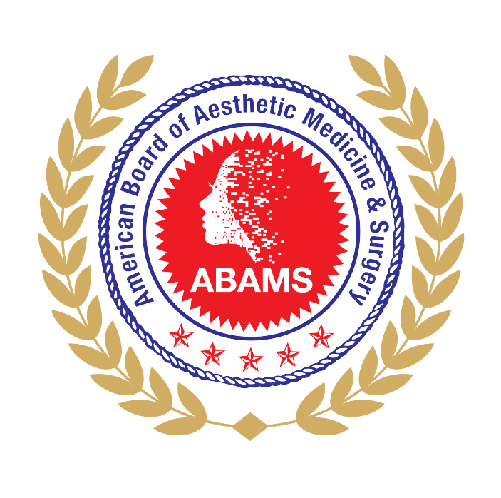Crazy Time Bangladesh: The Influence of Cinema and Music
In recent years, Bangladesh has witnessed a cultural renaissance, marked significantly by the interplay between cinema and music. This article explores how these two forms of art have shaped society, influenced public perceptions, and created a vibrant cultural tapestry known as “Crazy Time Bangladesh.” The fusion of traditional themes with modern artistic expressions offers a refreshing lens through which to view the rapid changes happening in Bangladeshi society. From romantic dramas to social commentaries, cinema has provided a platform for music that resonates with the hearts of the people, enriching their daily lives and cultural identity.
The Symbiotic Relationship Between Cinema and Music
Cinema and music in Bangladesh share a deeply interconnected relationship. Film soundtracks often serve as a pivotal element that not only enhances the narrative but also elevates the emotional quotient of the story. This synergy is evident across various film genres, where songs become avenues for storytelling and character development. Moreover, the success of a film is frequently propelled by its music, leading to chart-topping hits that dominate the airwaves. The influence can be summarized through the following points:
- Integration in Narrative: Music is seamlessly woven into the film’s narrative, enhancing emotional depth.
- Cultural Reflection: Film music often reflects societal issues and cultural norms, rendering it a mirror of contemporary society.
- Market Dynamics: Popular film soundtracks boost album sales and concerts, creating a cyclical economic advantage.
- Celebrity Culture: Actors and singers gain fame through their collaboration, influencing trends in both cinema and music.
- Community Engagement: Music from films often leads to community events, dances, and cultural festivals.
Impact of Modern Technology on Music in Cinema
The digital revolution has dramatically transformed the music landscape in Bangladesh cinema. With the advent of social media and streaming platforms, artists can now reach audiences directly, breaking traditional barriers. This has resulted in a plethora of music videos that promote films, providing unprecedented exposure for both upcoming and established artists. Notably, the ability to share content virally allows trends to emerge swiftly, dating everything from music styles to fashion choices try Glory Casino Crazy Time.
Additionally, the incorporation of modern genres, such as pop and hip-hop, has invigorated the music scene. These genres often find their way into film soundtracks, appealing to younger audiences while retaining traditional elements. The appeal of remixes and mashups has also flourished, leading to the rise of creative collaborations that blend different cultural influences. Consequently, the music featured in Bangladeshi films has not only transcended borders but also captivated international audiences.
Cinema’s Role in Societal Change
Bangladeshi cinema has historically played a crucial role in advocating for social change. In the past decade, filmmakers have embraced bold narratives that challenge societal norms, addressing themes such as gender equality, corruption, and environmental issues. Music acts as a vehicle for these messages, often serving to amplify the emotional resonance of the stories being told. As a result, films have become platforms for dialogue, encouraging critical thinking among viewers.
Soundtracks that accompany these narratives often feature lyrics that provoke thought and inspire action. Many notable films have sparked movements, with their soundtracks igniting conversations about pressing societal issues. The collaboration between musicians and filmmakers becomes paramount in creating thought-provoking content that permeates communal consciousness and inspires local activism.
The Future of Cinema and Music in Bangladesh
Looking ahead, the future of cinema and music in Bangladesh appears promising and dynamic. As globalization continues to influence local industries, Bangladeshi artists are poised to experiment with new themes and styles. This evolution will likely involve the blending of traditional Bangladeshi music with international genres, fostering a cultural exchange that enriches both the local scene and global music landscape. Furthermore, advancements in technology and access to comprehensive tools for audio and visual production will enable artists to tell stories with increased creativity and efficacy.
The rise of independent films and music labels also heralds a new era of artistic freedom. Creators are increasingly embracing themes that speak to personal experiences and societal changes, thus fostering narratives that resonate deeply with their audiences. This approach will cultivate a diverse array of voices in both cinema and music, promoting a multifaceted representation of Bangladeshi culture.
Conclusion
In conclusion, “Crazy Time Bangladesh” encapsulates a vibrant interplay between cinema and music, which significantly influences culture, society, and identity. These artistic forms continue to challenge norms and inspire creativity, acting as catalysts for social change and sense of community. As we witness the evolution of these mediums, one thing is certain: their combined impact will continue to define the cultural landscape of Bangladesh for years to come.
FAQs
- How has cinema influenced music in Bangladesh?
Cinema has provided a platform for music, with soundtracks enhancing narratives and popularizing songs that resonate with audiences.
- What role does technology play in the music and film industry in Bangladesh?
Technology has enabled greater access to music and film, allowing artists to reach broader audiences and facilitating innovative collaborations.
- What are some common themes in Bangladeshi cinema?
Common themes include social issues such as gender equality, corruption, and cultural identity, often expressed through relatable stories and music.
- How do music festivals relate to Bangladeshi cinema?
Music festivals often feature soundtracks from films, bringing communities together and promoting local artists in a celebratory atmosphere.
- What does the future hold for music and cinema in Bangladesh?
The future looks bright with potential for innovative storytelling, collaborations, and a broader representation of cultural narratives.

